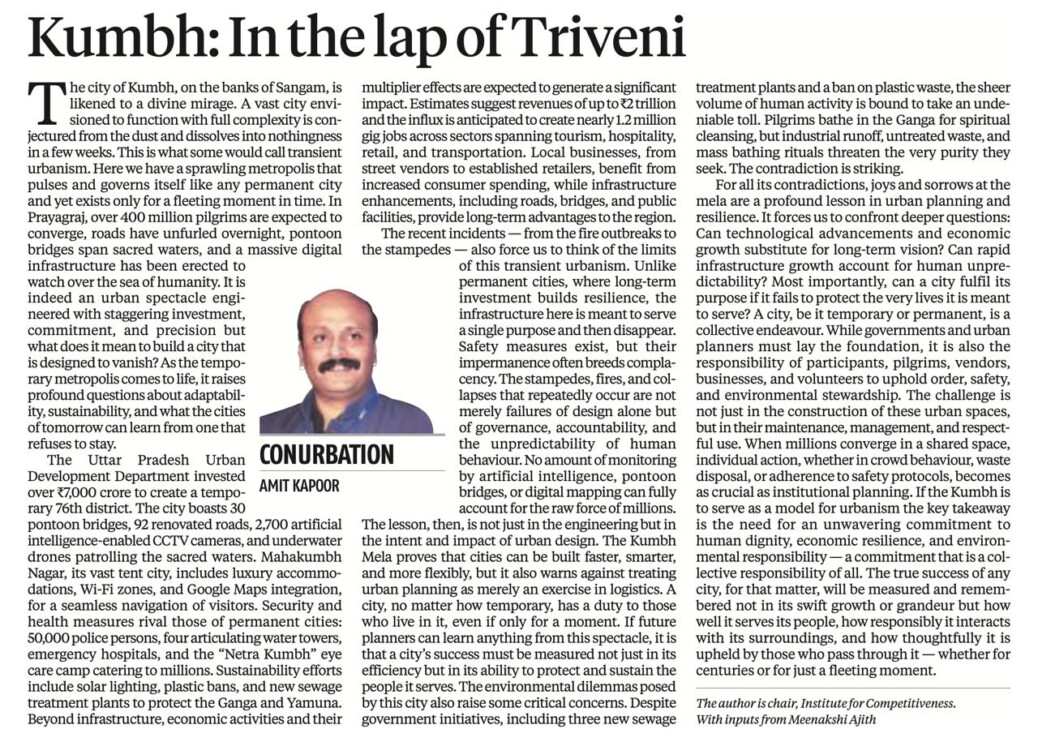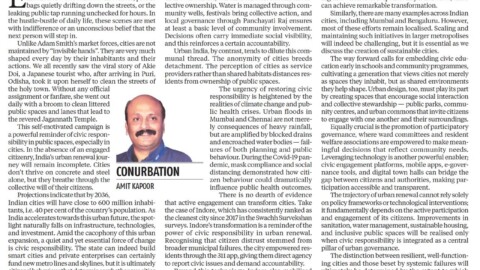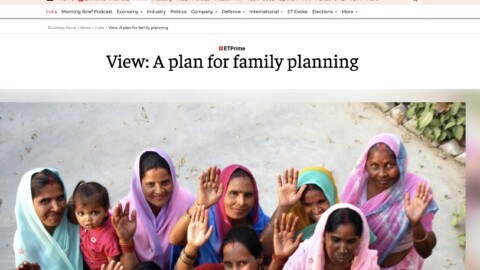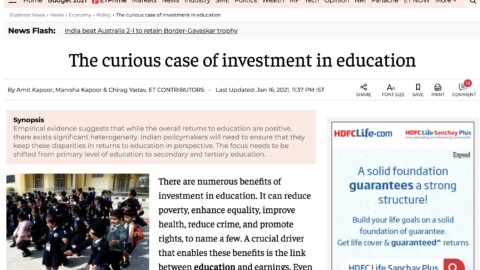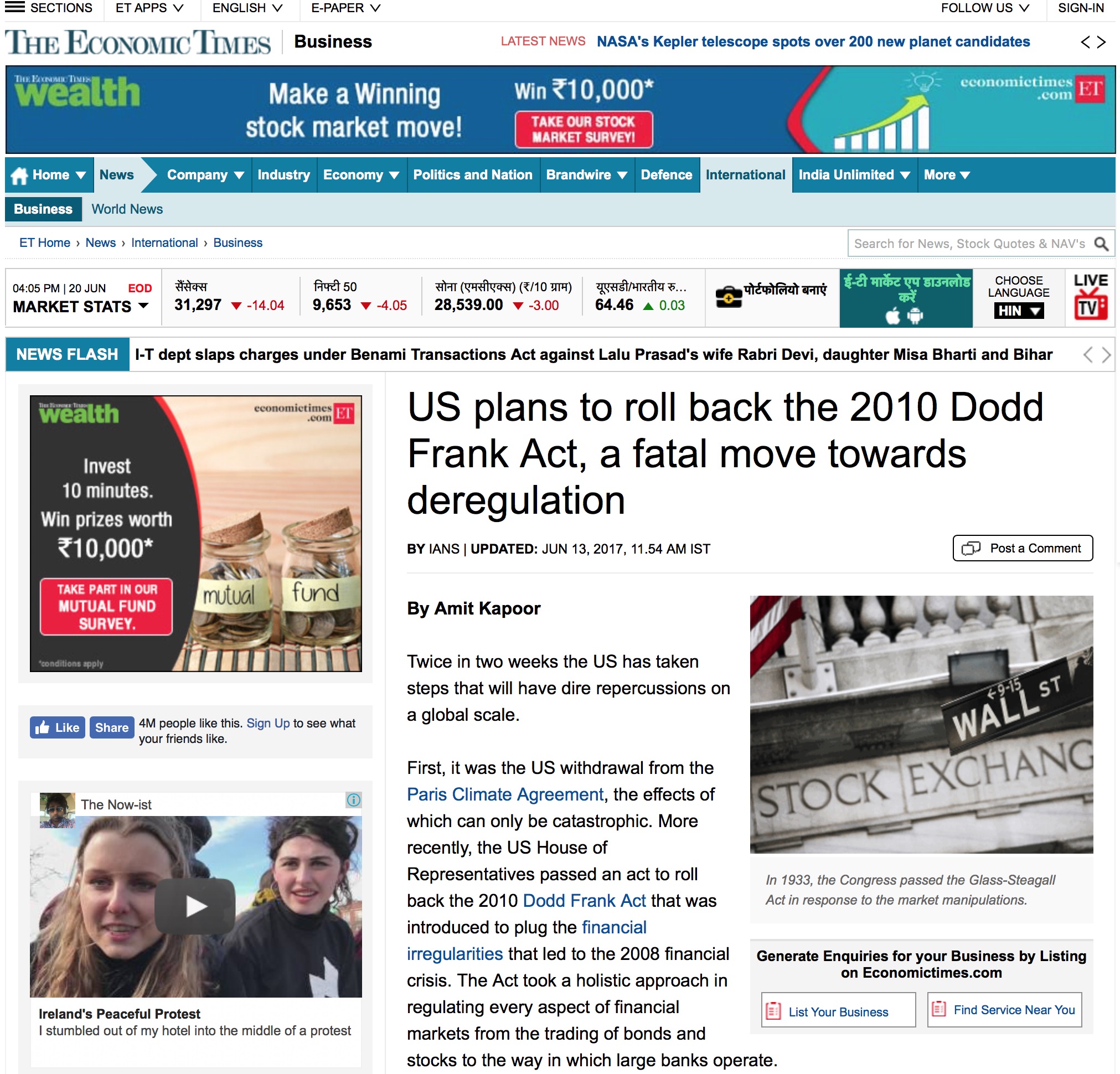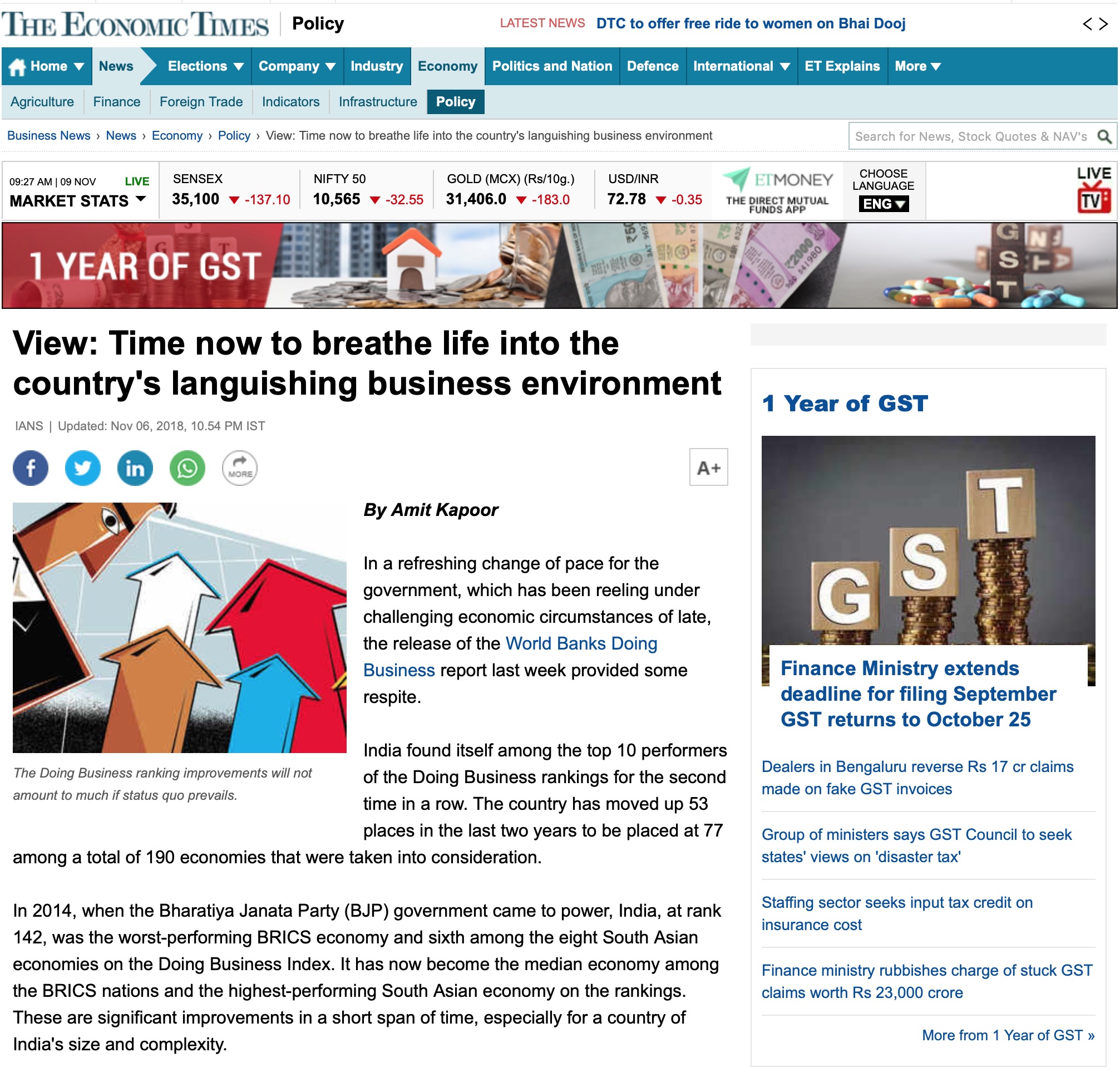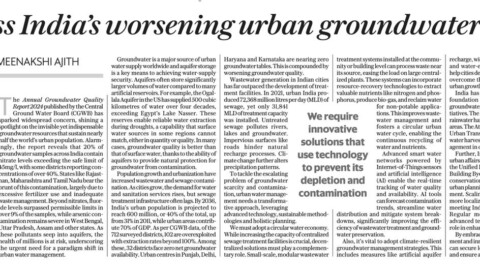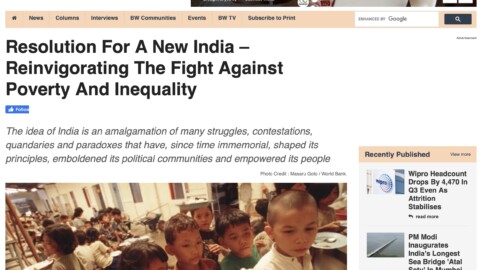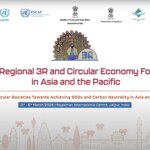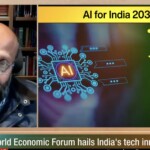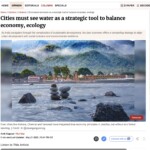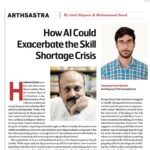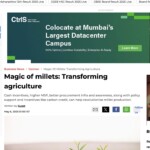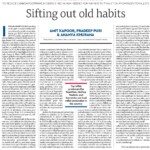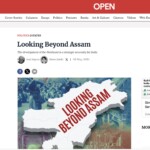By Amit Kapoor and Meenakshi Ajith
The city of Kumbh on the banks of Sangam is likened to a divine mirage. A vast city envisioned to function with full complexity is conjectured from the dust and dissolves into nothingness in a few weeks. This is what some would call transient urbanism. Here we have a sprawling metropolis that pulses and governs itself like any permanent city yet exists only for a fleeting moment in time. In Prayagraj where over 400 million pilgrims are expected to converge roads have unfurled overnight, pontoon bridges span sacred waters, and a massive digital infrastructure has been erected to watch over the sea of humanity. It is indeed an urban spectacle engineered with staggering investment, commitment and precision but what does it mean to build a city that is designed to vanish? As the temporary metropolis comes to life, it raises profound questions about adaptability, sustainability, and what the cities of tomorrow can learn from one that refuses to stay.
The UP urban development department invested over Rs 7,000 crore to create a temporary 76th district. The city boasts 30 pontoon bridges, 92 renovated roads, 2,700 AI-enabled CCTV cameras, and underwater drones patrolling the sacred waters. Mahakumbh Nagar, its vast tent city, includes luxury accommodations, Wi-Fi zones, and Google Maps integration, for seamless navigation of visitors. Security and health measures rival those of permanent cities: 50,000 police personnel, four Articulating Water Towers, emergency hospitals, and the “Netra Kumbh” eye care camp catering to millions. Sustainability efforts include solar lighting, plastic bans, and new sewage treatment plants to protect the Ganga and Yamuna. Beyond infrastructure, economic activities and its multiplier effect is expected to generate significant impact. Estimates suggest revenues of up to ₹2 lakh crore and the influx is anticipated to create nearly 12 Lakh gig jobs across sectors spanning tourism, hospitality, retail, and transportation. Local businesses, from street vendors to established retailers, benefit from increased consumer spending, while infrastructure enhancements, including roads, bridges, and public facilities, provide long-term advantages to the region.
The recent incidents from fire outbreaks to the stampedes also forces use to think of the limits of this transient urbanism. Unlike permanent cities, where long-term investments build resilience, the infrastructure here is meant to serve a single purpose and then disappear. Safety measures exist, but their impermanence often breeds complacency. The stampedes, fires and collapses that repeatedly occur are not merely failures of design alone but of governance, accountability, and the unpredictability of human behaviour. No amount of AI monitoring, pontoon bridges, or digital mapping can fully account for the raw force of millions. The lesson, then, is not just in the engineering but in the intent and impact of urban design.The Kumbh Mela proves that cities can be built faster, smarter, and more flexibly, but it also warns against treating urban planning as merely an exercise in logistics. A city, no matter how temporary, has a duty to those who live in it, even if only for a moment. If future planners can learn anything from this spectacle, it is that a city’s success must be measured not just in its efficiency, but in its ability to protect and sustain the people it serves. The environmental dilemmas posed by this city is also raises some critical concerns. Despite government initiatives including three new sewage treatment plants and a ban on plastic waste the sheer volume of human activity is bound to take an undeniable toll. Pilgrims bathe in the Ganges for spiritual cleansing, but industrial runoff, untreated waste, and mass bathing rituals threaten the very purity they seek. The contradiction is striking.
For all its contradictions, joys and sorrows the Mela is a profound lesson in urban planning and resilience. It forces us to confront deeper questions: Can technological advancements and economic growth substitute for long-term vision? Can rapid infrastructure growth account for human unpredictability? Most importantly can a city fulfil its purpose if it fails to protect the very lives it is meant to serve? A city, be it temporary of permanent is a collective endeavour. While governments and urban planners must lay the foundation, it is also the responsibility of every participant, pilgrims, vendors, businesses, and volunteers to uphold order, safety, and environmental stewardship. The challenge is not just in the construction of these urban spaces, but in their maintenance, management, and respectful use. When millions converge in a shared space, individual actions whether in crowd behaviour, waste disposal, or adherence to safety protocols become as crucial as institutional planning. If the Kumbh is to serve as a model for urbanism the key takeaway is the need for an unwavering commitment to human dignity, economic resilience and environmental responsibility. A commitment that is a collective responsibility of all. The true success of any city for that matter will be measured and remembered not in its swift growth or grandeur but how well it serves its people, how responsibly it interacts with its surroundings, and how thoughtfully it is upheld by those who pass through it—whether for centuries or for just a fleeting moment.
The article was published with Business Standard on February 20, 2025.
